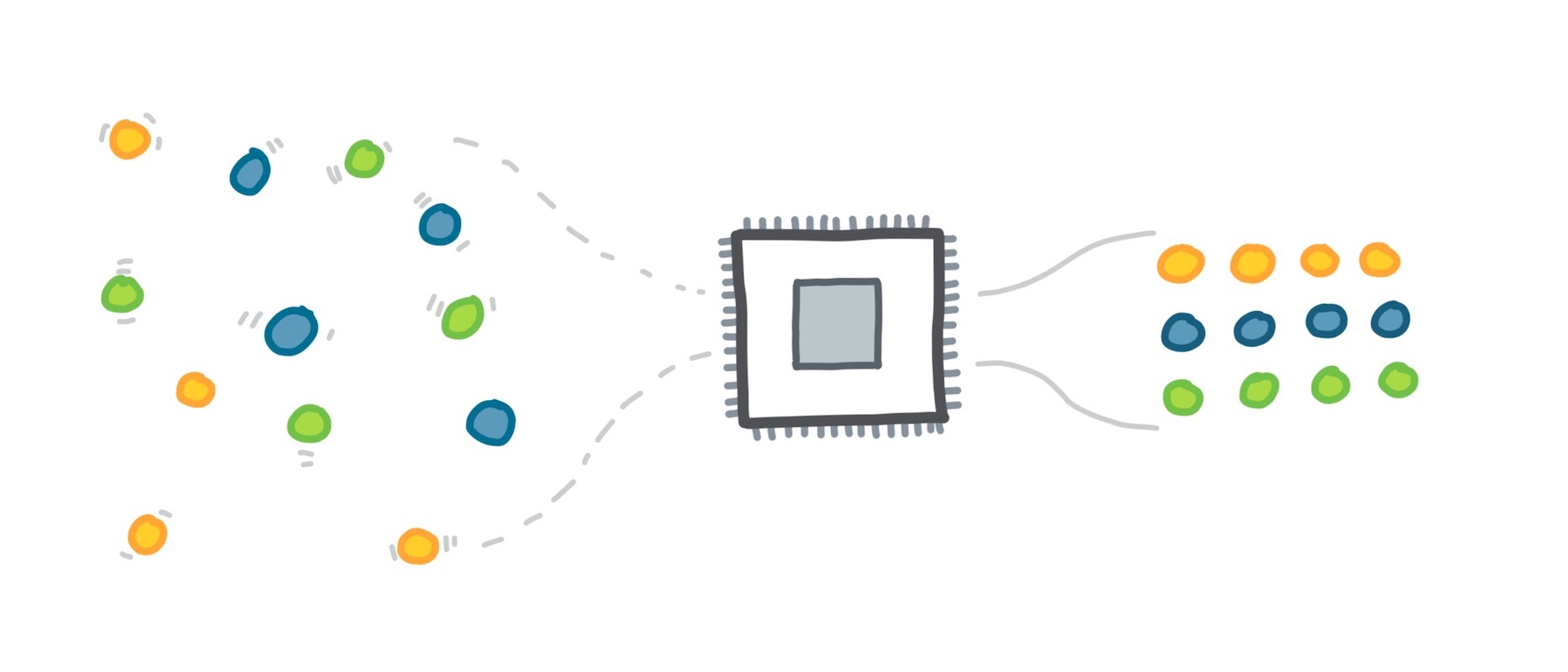Software and Entropy
Marc Andreessen was recently interviewed by Noah Smith in his newsletter. It’s a great post-pandemic update to Marc’s views on technology (spoiler: he’s still as optimistic as ever), following a year after his “Time to Build” essay.

When asked about the future of technology, he responds to the common criticism that tech is often gives us progress in the virtual, but not physical world:
Software is a lever on the real world.
Someone writes code, and all of a sudden riders and drivers coordinate a completely new kind of real-world transportation system, and we call it Lyft. Someone writes code, and all of a sudden homeowners and guests coordinate a completely new kind of real-world real estate system, and we call it AirBNB. Someone writes code, etc., and we have cars that drive themselves, and planes that fly themselves, and wristwatches that tell us if we’re healthy or ill.
Software is our modern alchemy. Isaac Newton spent much of his life trying and failing to transmute a base element — lead — into a valuable material — gold. Software is alchemy that turns bytes into actions by and on atoms. It’s the closest thing we have to magic.
Innovations in the virtual realm don’t directly change things in the physical, but they shift motivations and create new incentives for coordination.
Entropy is a state of disorder, the tendency of systems to move toward evenly distributed chaotic randomness. When an engineer creates an engine or a chip designer fabs a new chip architecture, we’re pushing against the forces of entropy to maintain (and improve!) order.
What’s amazing about software is that we can, through pure information (bits), resist entropy and incentivize order. It’s truly an incredible feat. As Andreessen said, it’s like alchemy.
In the introduction to How Innovation Works, Matt Ridley describes innovation as the “infinite improbability drive” (a term coined by Douglas Adams in Hitchhiker’s Guide), a mechanism through which order is created from disorder
Innovations come in many forms, but one thing they all have in common, and which they share with biological innovations created by evolution, is that they are enhanced forms of improbability. That is to say, innovations, be they iPhones, ideas or eider ducklings, are all unlikely, improbable combinations of atoms and digital bits of information.
It is astronomically improbable that the atoms in an iPhone would be neatly arranged by chance into millions of transistors and liquid crystals, or the atoms in an eider duckling would be arranged to form blood vessels and downy feathers, or the firings of neurons in my brain would be arranged in such a pattern that they can and sometimes do represent the concept of ‘the second law of thermodynamics’.
Innovation, like evolution, is a process of constantly discovering ways of rearranging the world into forms that are unlikely to arise by chance – and that happen to be useful.
With code, we rearrange information in novel ways that move things in the real world. A new software program drives change in human behavior, a new savings in production cost, or connections between individuals that spur even further innovation. Ridley again, on thermodynamics:
In this universe it is compulsory, under the second law of Thermodynamics, that entropy cannot be reversed, locally, unless there is a source of energy – which is necessarily supplied by making something else even less ordered somewhere else, so the entropy of the whole system increases.
Software is our method for converting mental energy into information, the lever to apply against entropy.